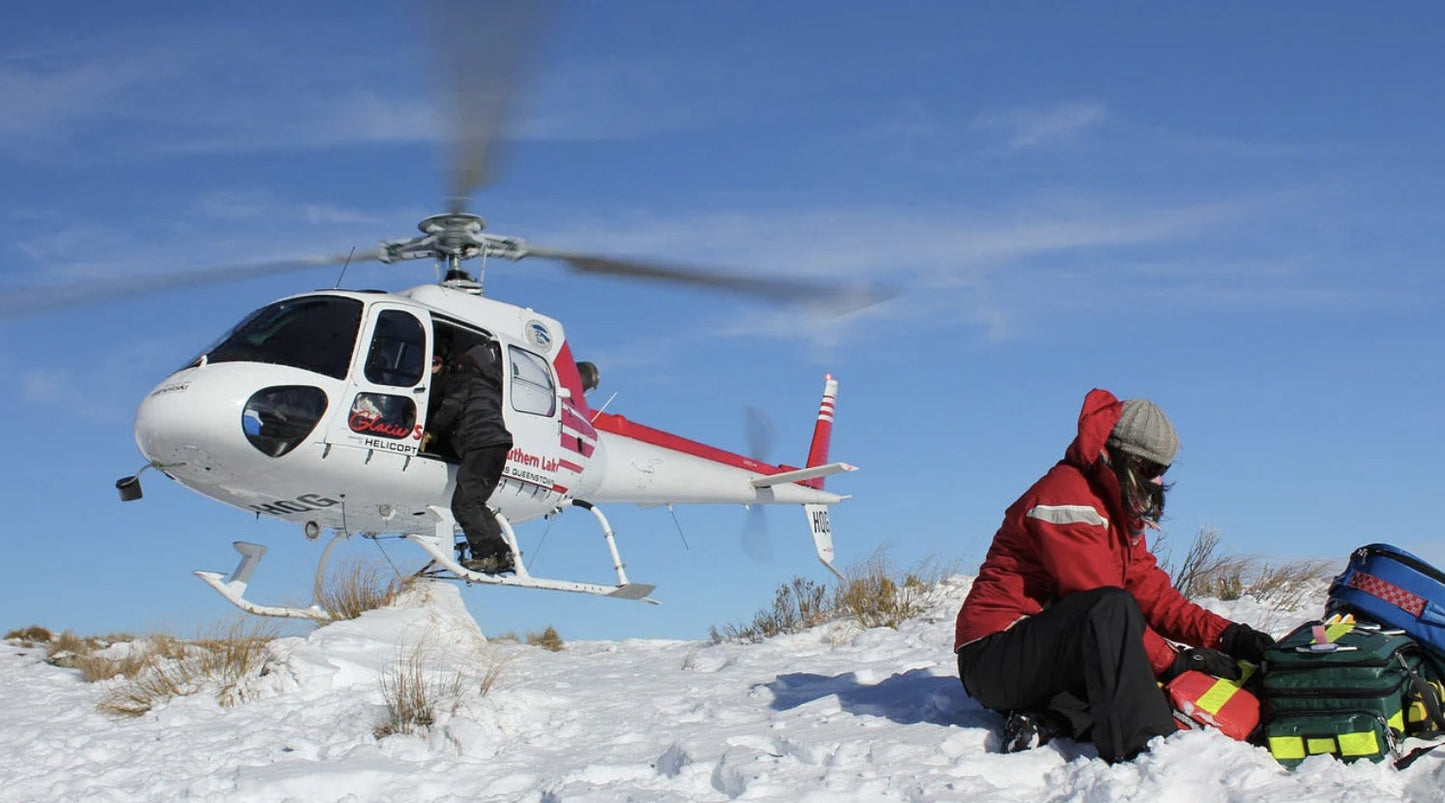
Kore Aviation - With great freedom comes great responsibility and risk. Whether flying over a mountain range, cruising across states, or working towards finishing your hours as a student pilot, being ready for an emergency is a must. Using the right aviation survival equipment is one of the best preparation methods.
This guide will discuss what aviation survival equipment (ASE) entails, how it differs by pilot category, and the Federal Aviation Administration (FAA) compliance rules.
What Is Aviation Survival Gear and Why Is It Important?
Aviation survival gear encompasses the items, tools, and supplies a pilot has to ensure their survival in the event of an off-airport landing, crash, or prolonged rescue delay. Aviation survival gear includes first aid and emergency food and water, signaling devices, and more, each serving a vital purpose.
For student pilots, knowing this equipment isn’t just about ticking off a checklist. It’s about cultivating an automatic readiness instinct. Emergencies are silent and unannounced, and once you’re on the ground, your emergency resources are limited to what you have on hand.
Discover More: How High Can a Helicopter Fly?
Must-Have Survival Items for Pilots
Every pilot’s situation is distinct, but some core essentials are universal. Let's examine the items you should always consider when prepping for your flight.
-
Emergency Locator Transmitter (ELT)
This is a legal requirement for many kinds of aircraft, and the most powerful way to call for help. It sends your location information to search and rescue services, whether you are conscious or active. -
Water and Filtration
While people can go days without food, water is essential for survival. To safely use natural sources, bring along water rations and a small light filtration system. -
Fire Starting Tools
In many settings, fire provides warmth and light, can lift water, and signals rescuers. Always carry fire-starting tools like waterproof matches or a fire striker. -
First Aid Kit
Every first aid kit must have wound care, trauma supply medication, and tools such as scissors and tweezers. Make sure it is tailored to your requirements and up to date. -
Shelter and Warmth
Emergency blankets, compact tarps, or a bivy sack can differentiate between comfort and hypothermia. Even warm climates can get cold at night. -
High-Calorie Food Rations
Emergency food bars or vacuum-sealed meals provide energy while waiting for help. Choose items with long shelf lives that don’t need cooking. -
Signaling Devices
Mirrors, whistles, strobes, and flashlights help you get noticed, especially in low-visibility environments. A good flashlight with extra batteries is essential.
Gear Needs Vary Between Pilot Types
Different types of pilots face various risks, so their gear should reflect that.
- General aviation pilots flying Cessna-class aircraft should focus on lightweight, personal gear that can fit under a seat or in a flight bag.
- Commercial pilots typically rely on company-provided FAA-compliant emergency equipment designed for crew and passengers.
- Bush pilots in rugged areas need more advanced gear, including tools for building shelter, navigating manually, or surviving days without contact.
A compact yet complete personal kit is the perfect start for student pilots.
FAA Survival Equipment Rules by Region
The FAA has specific survival gear requirements depending on your flight environment.
- Overwater flights: Require personal flotation devices and, for longer distances, life rafts.
- Remote terrain like Alaska: FAA mandates include survival rations, axes, sleeping bags, and mosquito nets.
- Mountainous or arctic zones: Require fire tools, signaling devices, and shelter options.
Always review the FAA's current regional guidelines before takeoff. Your survival gear should meet the environment, not just minimum regulations.
Pre-Packed vs. Build-Your-Own Kits
There are two common approaches to survival gear.
- Pre-packed kits are usually ideal for beginners, very convenient, and often FAA compliant. However, they may not suit your environment or specific needs.
- Build-your-own kits offer more flexibility as they allow you to tailor them according to your route, aircraft, and medical requirements. These kits do give you control over the quality and content. That said, these kits require more planning.
A pre-packed kit is a great starting point for beginners. As you gain experience, you can personalize it to your exact preferences.
How to Store and Maintain Your Gear
Even top-of-the-line equipment won’t do you any good if it fails at a critical moment. Frequent inspections and proper storage are crucial.
- Keep equipment in water-resistant cases.
- Monthly tests of your ELT are mandatory
- Every few months, expired food items and batteries need to be replaced
- Store items in the cockpit so that they can be retrieved without any delays
- If others will be using the device, provide a guide and a checklist so they can follow along
As a pilot, you are responsible for maintenance, which enhances equipment reliability, protects everyone onboard during each flight, and improves safety.
Why Communication Gear Also Matters in Emergencies
While survival gear encompasses various tools, remember that staying connected also matters. Effective headsets enable radio communication, weather briefings, and coordination with air traffic control. In particular emergencies, hearing and responding to instructions clearly and rapidly prevents the situation from escalating.
This ensures that having an aviation headset is as crucial as having an emergency kit on standby.
Fly Confident with KORE Aviation Headsets
If you're building your own survival setup, don't overlook your headset. Kore Aviation offers dependable, pilot-tested aviation headsets built for clear sound, long flights, and emergency readiness.
These headsets are trusted by student pilots, instructors, and commercial crews across the country. When it counts, Kore helps you stay calm, focused, and connected.
FAQ: Aviation Survival Gear for Pilots
-
Do all pilots need to carry survival gear?
Yes, though what you carry depends on your aircraft type, route, and FAA region. Even if gear is not required by law, it's always a smart precaution. -
What should be in every pilot's emergency kit?
At minimum: ELT, first aid, water, fire tools, food, signaling devices, and basic shelter. Add gear for your specific route or weather conditions. -
How often should I check my survival kit?
Review your kit every few months. Replace expired food and batteries, test electronic devices, and verify that everything is accessible. -
Are student pilots required to carry survival gear?
Not always, but flight schools often recommend or require basic kits, especially for cross-country flights. Building a habit of preparedness early is valuable. -
Can I use a hiking or camping survival kit for flying?
Some gear overlaps, but not all outdoor kits meet FAA standards or aviation needs. Build or buy a kit with aviation in mind.
Need dependable communication equipment to complete your emergency setup? Browse Kore Aviation's full line of pilot headsets for student and commercial flyers.
